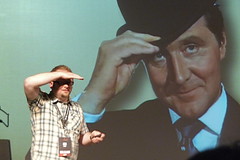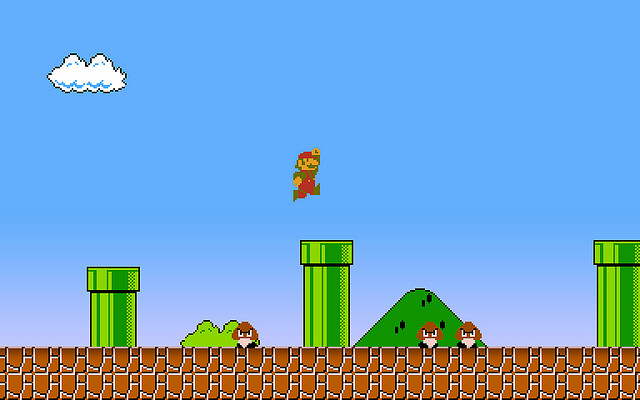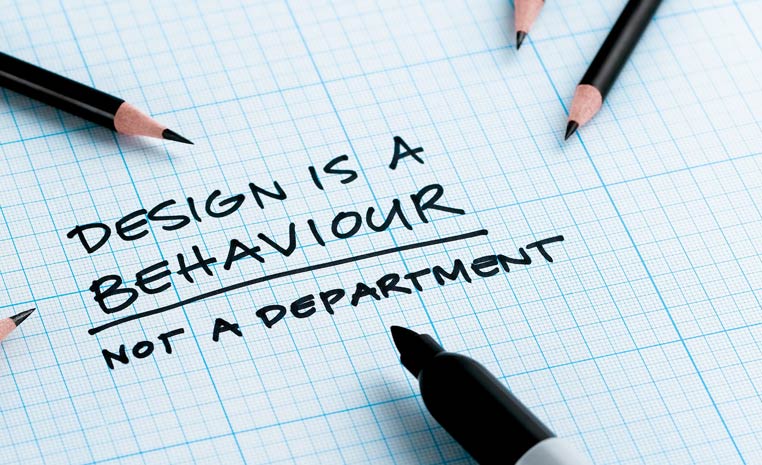Following on from my post after Day One…
The Best
John Hicks giving his talk (image from m-king)
My favourite today definitely has to be Aral Balkan‘s session. He really knows how to present and make learning fun! It was very inspiring and encouraging on how to make your designs that little bit better by adding an emotional element to your apps/sites. He got the longest applause I have heard at a conference!
But then the loveliest thing was when he acknowledged my tweet of thanks on twitter and his blog. What an awesome guy!
The Worst
umm…
ermmm….
ahhh…
Nope… I really can’t think of anything for The Worst… did I miss something?
Honestly, the whole thing was amazing. I’m really shattered now, but it’s a good tired because I’m also really excited to start doing so many of the things that were presented.
If you couldn’t make it to FOWD this year, I would definitely recommend buying the video pass. It would be really worth it. I’m looking forward to the videos myself because I wanted to go to both tracks so many times today… shame we can’t clone ourselves when the need arises!
In summary…
(I’ll add links to slideshows and downloads as I get them)
-
Progressive CSS3 Design (Molly Holzschlag)
Molly presented the plans and workings of the W3C and asked for any web designers who are keen to be voices to the W3C. What I found most exciting was her mention of IE9’s capabilities – it sounds like my optimism about CSS3 in IE9 may be closer to reality than I first hoped!
-
What will Web Design Look Like in Two Years? (Simon Collison)
According to Colly it’s going to evolve quite a bit, growing up and getting comfortable with the medium of being online. For example, no longer will we mimic tables with paper and coffee stains; but instead embrace the pixel, the grid and typography. Of course this does require a more mature understanding of grid systems and design fundamentals, but this will make the professionally designed sites stand out from the sea of online content.
View Slides & Examples -
The Art of Emotional Design: A story of pleasure, joy, and delight. (Aral Balkan)
As I mentioned above, the whole presentation was a pleasure, joy and delight. Aral showed us examaples of how he has made his apps come to life by adding in little emotional attachments, like his famous bird turning red and singing in Feathers.
Read Keir Whitaker’s write up on Think Vitamin -
How to Build a HTML5 Website – Live Demo (Bruce Lawson)
Up until today I haven’t dabbled too much into HTML5, but Bruce did a live demo which helped to demystify it all. HTML5 is definitely going to be mainstream, and soon. The capabilities of it are awesome, and it is so easy to still support older systems that don’t understand it. In particular I’m looking forward to the day where we can use the <video> tag without having to provide a Flash alternative for IE.
https://www.brucelawson.co.uk/
Another good introduction from Smashing Magazine -
Rethink Your Job (and Earn More Money). (Brett Welch)
Everyone knows Web stuff is becoming increasingly commodised, but where the value remains is in expert knowledge, advice and helping your client’s goals. Brett also emphasised starting small, growing in iterations, and the importance of having a marketing plan in place following the site’s launch. We all really admired him for not actually plugging his product in the talk.
-
Icon Design (Jon Hicks)
I don’t do icon design very often, so it was really valuable to hear these tips and guides for when I do need to. It’s also very exciting to hear about future abilities like using SVG for icons.
https://www.hicksdesign.co.uk/ -
Blending Usability Testing with Interface Design, Prototyping and Rapid Iteration (Dan Rubin)
I always want to do more and more usability testing, and Dan’s excellent talk really got me excited about it even more. He talked us through a case study of how they had assessed a current site, found the good things and bad things about it, and came up with some suggested changes. He then detailed their technique for testing the changes and how they were able to accurately test them while keeping it in a format that was easy to change and adapt as they went (basically using image maps with an exported Photoshop comp). Definitely a great technique for getting the most value from a test.






